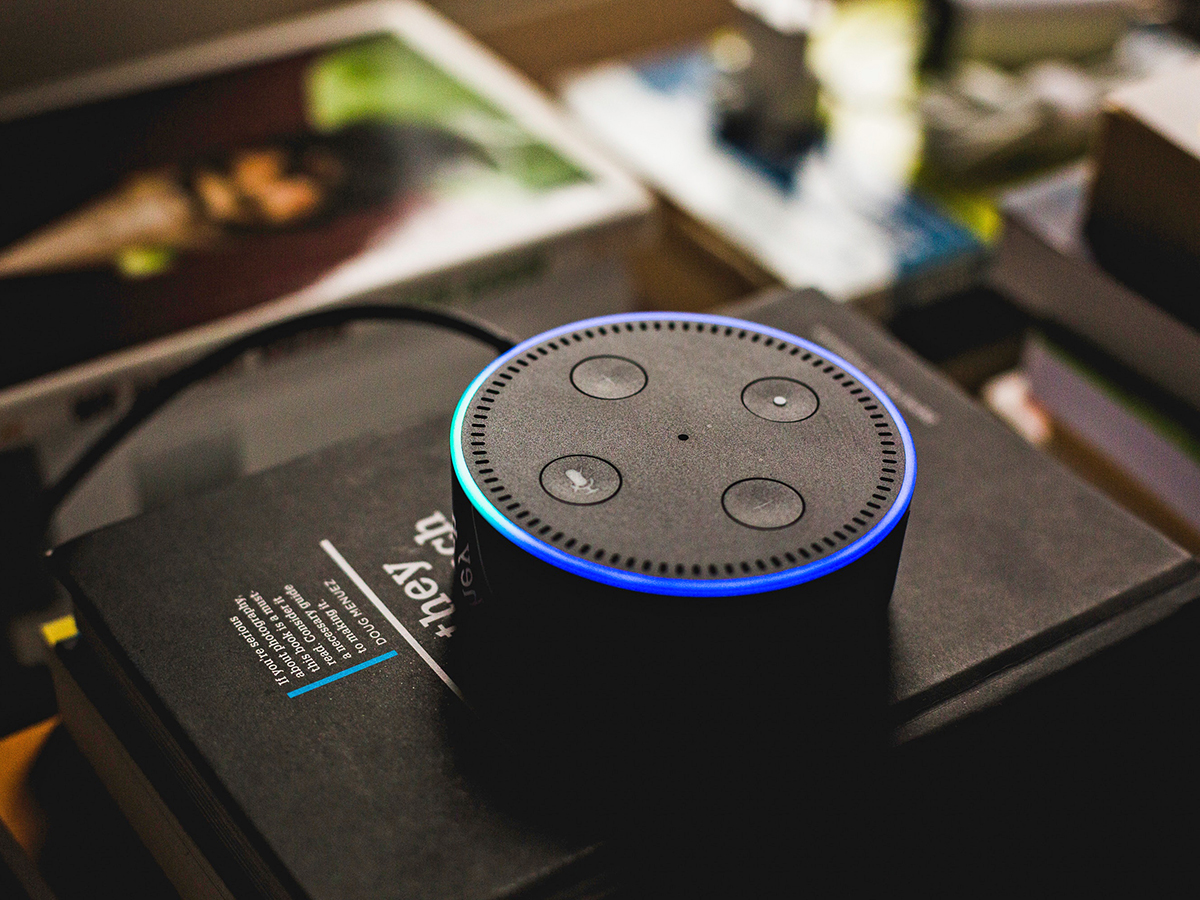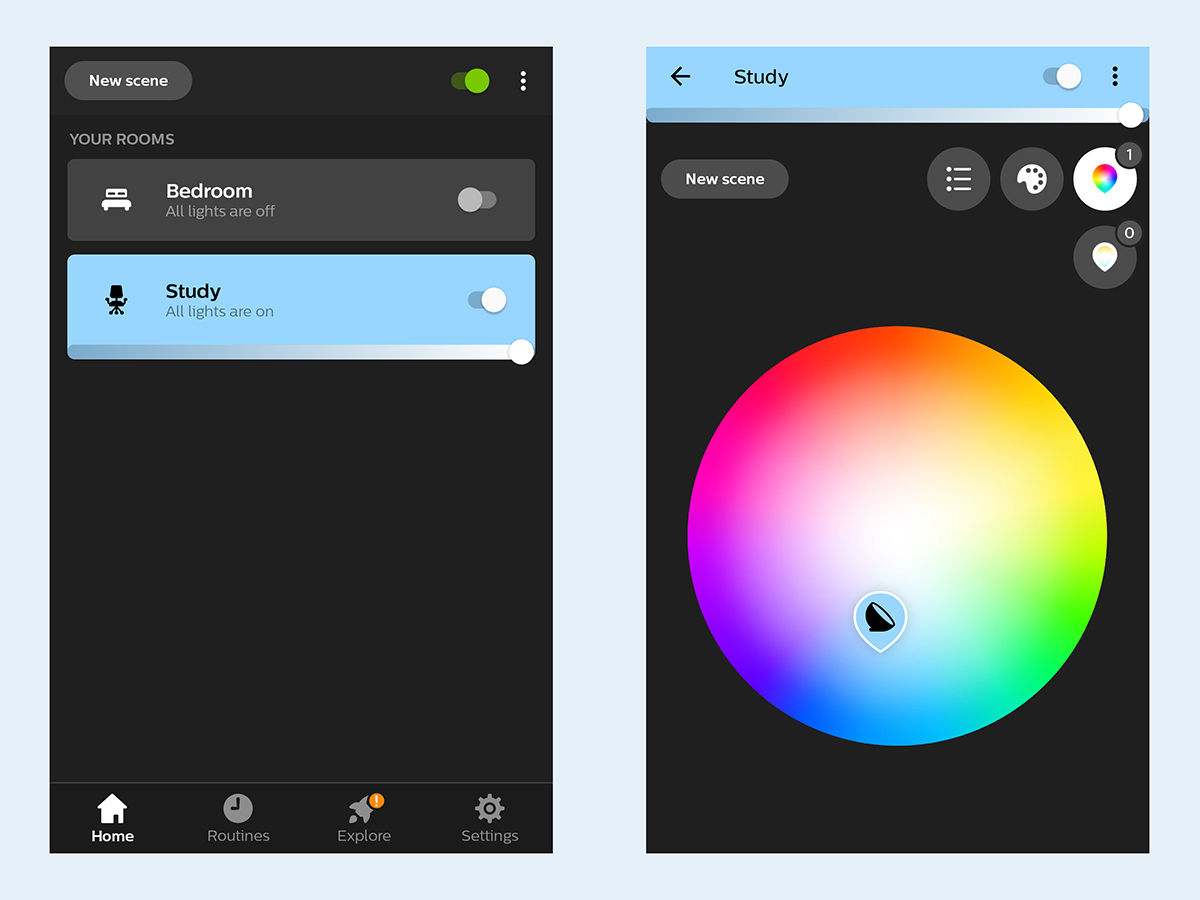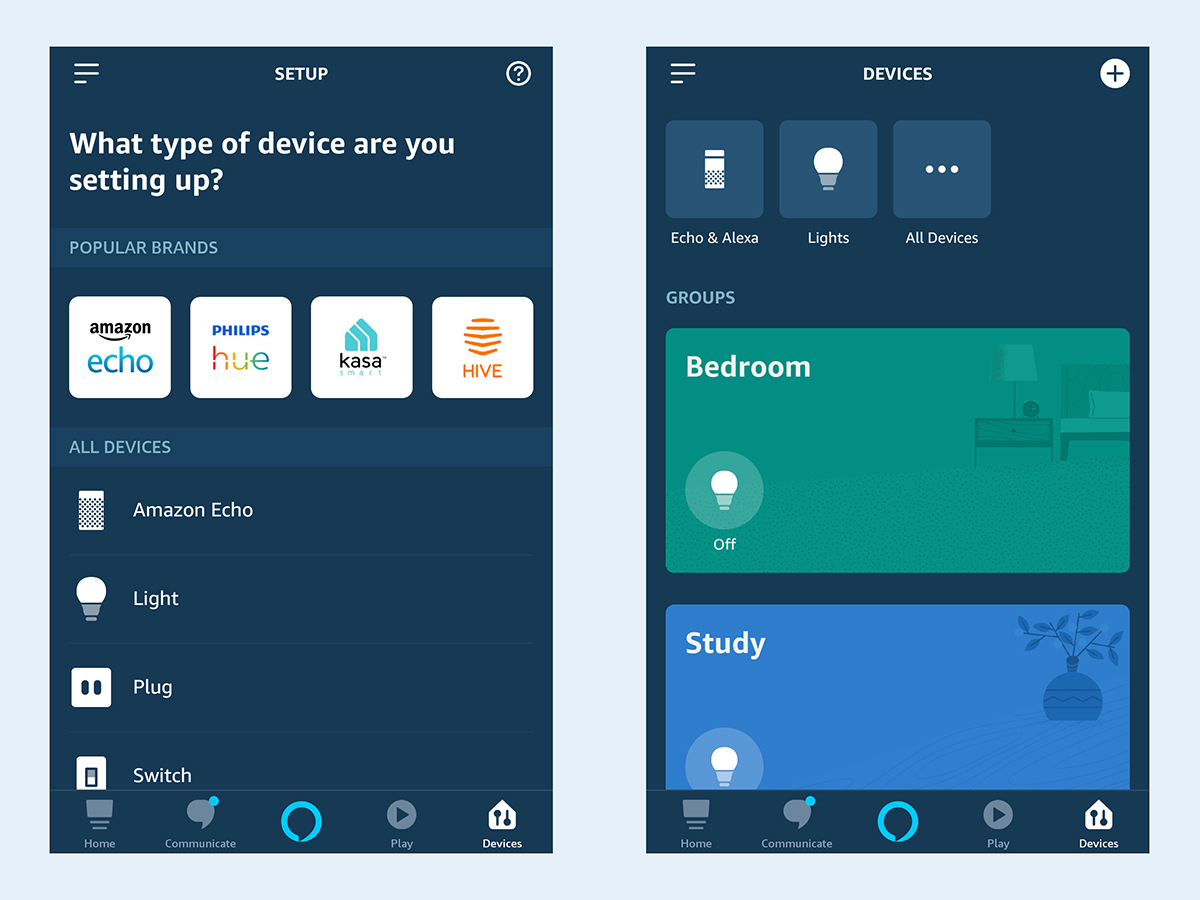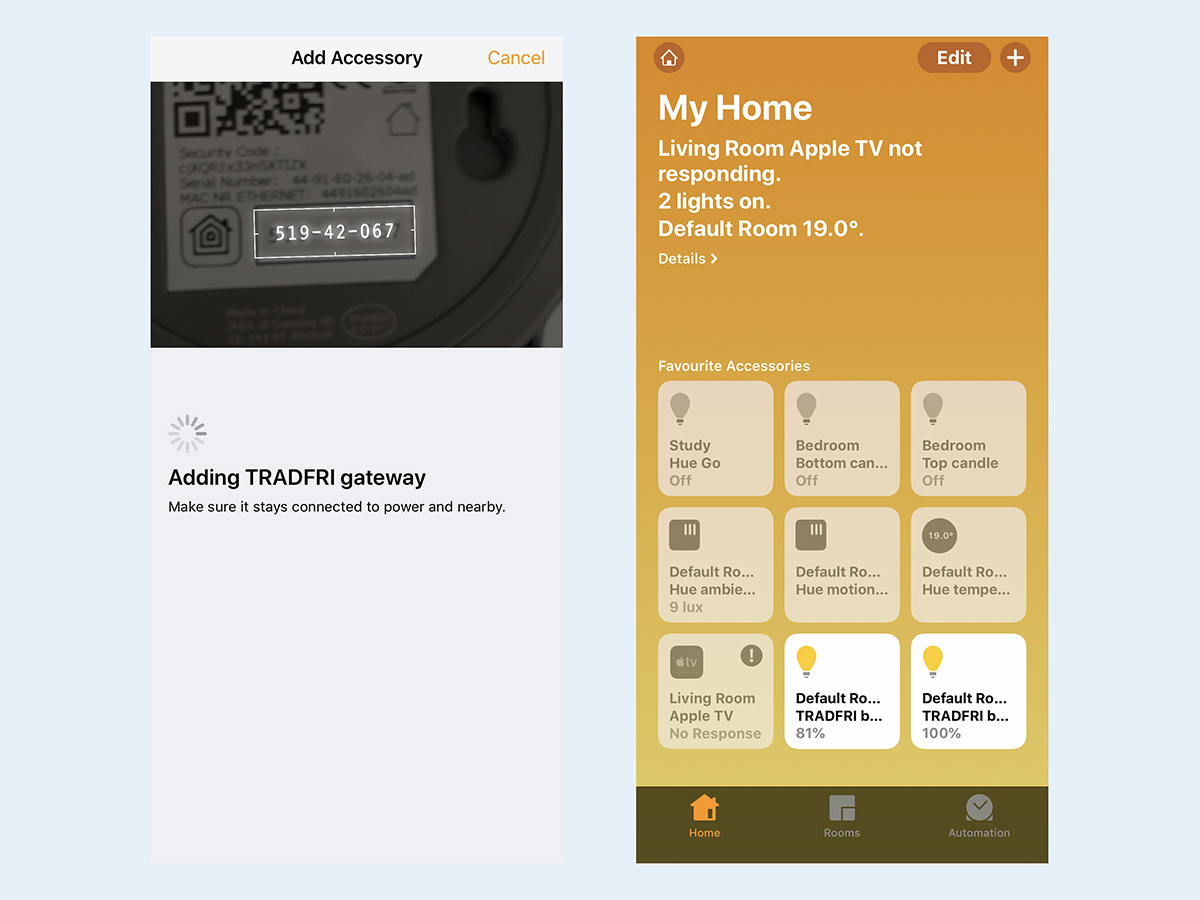

Our homes are getting smarter all the time, thanks largely to popularity of smart speakers like Alexa.
And if you’re one of the many people with a Google Home or Amazon Echo on your mantle or kitchen counter, you’ve got the capabilities for easy voice command of all kinds of smart home gadgets.
As long as your smart home kit is confirmed as compatible with Amazon Alexa, Google Assistant, or Apple HomeKit, you can add voice control. Here’s how to go about it.
Voice control support

No matter what type of smart home gadget you buy for your home, it’ll usually come with a mobile app of its own. This app will let you do things like control the device from your phone and set up automated routines. When a piece of hardware is also labeled as compatible with Google Assistant, Amazon Alexa, or Apple HomeKit, that means you can add voice control to your smart device. In other words, you can tell Alexa to turn off the lights in the kitchen from your bed.
Going through the process doesn’t make the original app bundled with your smart lightbulb redundant, it just gives you another way to control it. The provided app will always give you more features and options, but Google Assistant, Amazon Alexa, and Apple HomeKit let you use a variety of smart home devices together. You can even combine smart home kits from different manufacturers, or set up your devices to work with more than one smart assistant. In the guides below we’ll assume you’ve already got your smart device up and running and working with its own app.
Adding devices to Google Assistant

The key to connecting smart home devices to Google Assistant is the Google Home app, which you can download for free to your phone for Android or iOS. If you’ve previously set up a Google Home speaker or a Chromecast, you might already have it installed. Assuming you’ve already set up the smart home device you’re adding using the app that came with it, from the front screen of the Google Home app choose Add, then Set up device, then Have something already set up?
Next, you get a list of partner accounts that can connect to the Google Assistant—everything from Philips Hue (smart lights) to Ecobee (smart thermostats). Tap the brand name that matches the device you want to control and log in using your account credentials. Your devices should appear.
Once you’ve got the list of third-party devices, the next screen will add them to a specific room. This means that, for example, you can tell Google Assistant to “turn off the lights in the bedroom” and all the bedroom lights are switched off instantly. After you’ve added an account (like Philips Hue or Ecobee), new devices added to those accounts should show up in the Google Home app automatically, so you can add them to a room.
With your devices added to Google Assistant and the Google Home app, you can control them through the app by tapping on them and their options, or use your voice within earshot of Google Assistant (on your phone or via a smart speaker). You can refer to them by name (“turn the Ecobee up to 68”) or by room (“turn on all the lights in the study”).
Adding devices to Amazon Alexa

Amazon Alexa’s process is similar, only this time you’re using the Alexa app for Android or iOS instead. Once you’ve got your smart home device set up and configured using its own app, head into the Alexa app on your phone or tablet.
Tap Devices, then All Devices, then the Plus icon (top right), and Add Device. Pick the brand of your smart home device at the top, or use the categories underneath to find it. If it’s not listed, then it might not be supported by the Amazon Alexa platform. You’ll need to add the necessary Alexa skill when prompted and log in to the third-party account.
With all the account connecting completed, tap Discover devices to do exactly that—you should then see the smart device. You’ll be asked to assign the new device to a room, which is necessary if you want to control your devices in groups. If you later add more smart home hardware from the same brand, go through the discovery process again, minus the account connection stage.
After that’s done, you’re ready to go: Your smart home devices will appear in the Alexa app and can be controlled from there with a tap, or via Alexa voice commands if an Amazon Echo speaker is in range. For smart lights, for example, you could say “turn the study light on” or “set the study light to 50 percent.” Check the instructions that came with your device for all of the options.
Adding devices to Apple HomeKit


Finally, you can also add devices to Apple HomeKit and control them via Siri voice commands. In the Home app that comes pre-installed on iOS, tap the Plus button (top right), then pick Add Accessory. If the device packaging has a wireless symbol on it, you can hold your iPhone or iPad close to it while it’s powered on, otherwise you need to scan the HomeKit setup code on the device itself.
With that done, the Home app should recognize what you’re trying to add and begin the integration process. The subsequent screens let you add specific accessories to specific rooms for easier control, and ask you to add devices to your list of favorites, which appear on the front screen of the Home app.
Depending on the device you’re trying to add, you might have to do a little bit of extra setup inside the third-party app that came with your device. For Philips Hue smart lights, for example, you need to open up the Siri voice control option in Settings to make the connection.
With everything connected, your devices appear in the Home app, so you can (for instance) turn smart plugs or smart lights on or off with a tap of your finger. If you want to use Siri instead, use a command like “turn the bedroom plug off” or “turn the study lights on” to get your smart home devices to respond.
